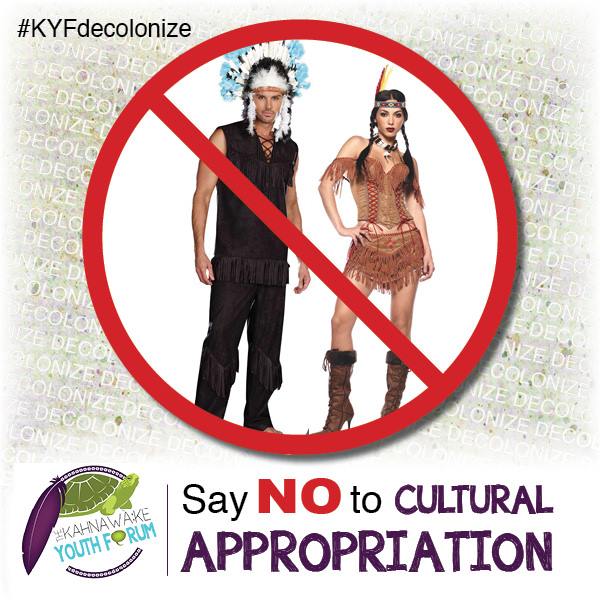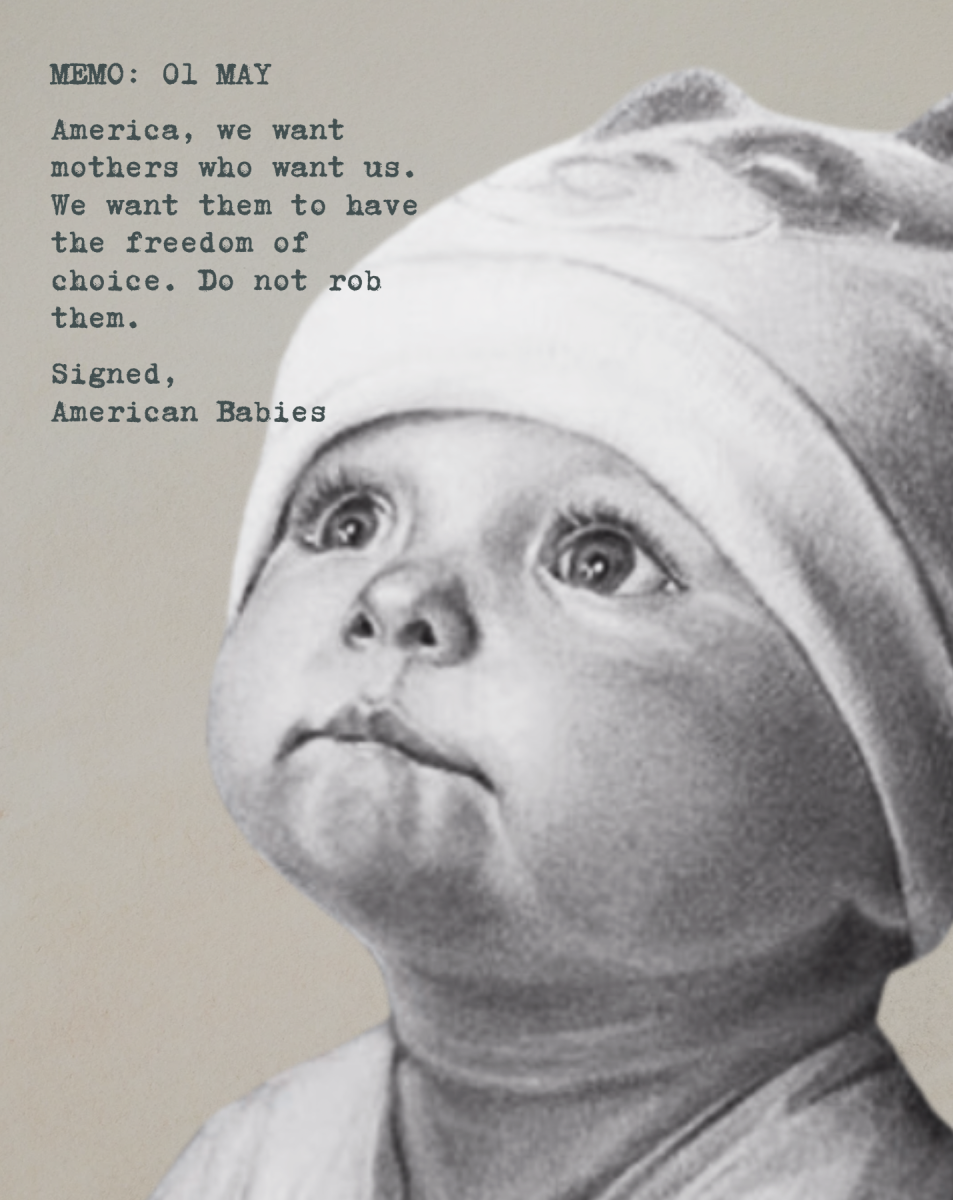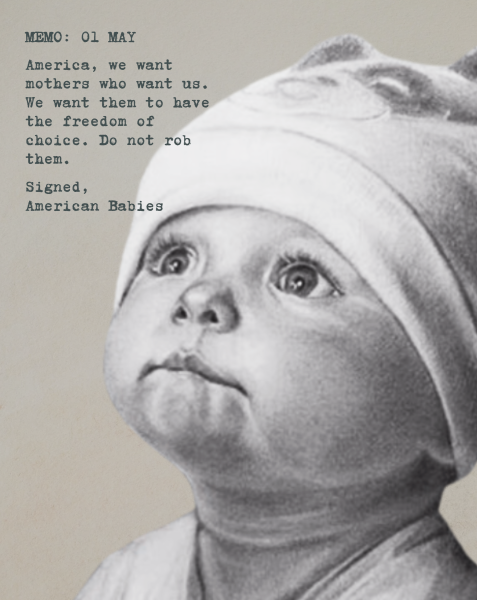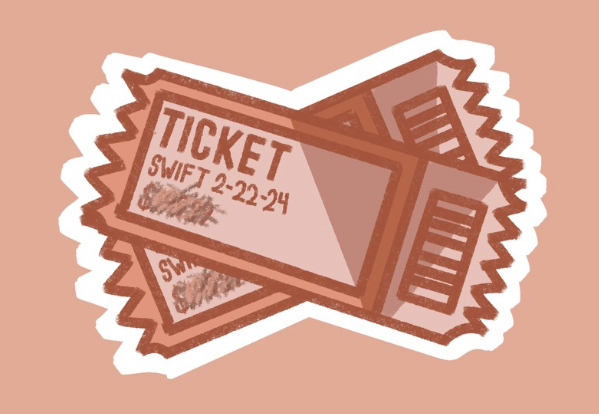Why is cultural appropriation wrong?

Cultural appropriation offends cultures; this example trivializes violent historical oppression as American dress up as Native Americans.
January 25, 2016
Cultural appropriation is the act of stealing culture; using traditions for reasons other than their true purpose, usually recreating them for fashion.
One example of this is the henna tattoo, or a mehndi, as it is called in the Urdu language. While this trendy summer craze seems harmless, it has been used since the beginning of time as a tradition in many cultures, meant to indicate an event of importance (typically a wedding in Indian culture), to adorn the body with beautiful, traditional artwork, to keep people in touch with their own spirituality, or for medicinal purposes. Mehndi plays a large role in all of the celebrations and festivals of India.
However, henna, while predominantly thought of as an Indian tradition, “has been practiced for over 5000 years in Pakistan, India, Africa and the Middle East,” according to Silknstone, a company that has been studying the art of henna for years. The people who are having these tattoos applied on the boardwalk by a person who comes from a culture that does not apply henna, and gets it done without any knowledge of the significance of this tradition, are stripping the custom of its sacredness. It is not a “bohemian” or “earthy” trend; it is a tradition.
Indian girls speak out against this form of cultural appropriation, saying that while many are applauded for having these designs drawn on their lighter skin, their people had been bullied and ridiculed for wearing mehndi for years. There are many personal stories which tell of the embarrassment the girls would face when a mean person at their school noticed the henna. They would call the girls dirty and tell them to wash themselves.
Others disagree and say that as long as they are doing no harm and using the henna to express themselves without using crude or traditional designs, then it is okay.
I am in no position to pass judgment on this specific instance considering I am not a part of this cultural group, but I have heard opinions from both sides. The arguments are compelling and each person has their own reasons for believing what they do.
There is another instance of cultural appropriation that is very popular and has been gaining heat from the media: cornrows. Cornrows are a hairstyle that comes from black culture. Celebrities such as Lena Dunham, Kylie and Kendall Jenner, Fergie, Gwen Stefani, Heidi Klum, Paris Hilton, Justin Timberlake, Jared Leto, and David Beckham have been called out for showing off this new “trendy” doo. This is an example of cultural appropriation because “While high-priced cornrows on a white celebrity on the red carpet at the Oscars is chic, those same cornrows on the little black girl in Watts, Los Angeles, are a symbol of her ghetto lifestyle. A white person looking black gets a fashion spread in a glossy magazine; a black person wearing the same thing gets pulled over by the police,” (Time Magazine).
I, myself, thought of cornrows as something that was blown out of proportion. I did not understand how something as harmless as a hairstyle could be stolen from culture. Now, I see that not only is it cultural appropriation, it is a great example of racial injustice as well… but that’s a whole ‘nother story. Looking for more on this issue? See this video.
Another example of cultural appropriation is ear lobe stretching, which comes from the Masai tribes of Kenya and the Huaorani tribes of the Amazon and was seen as a symbol of power and wisdom. Now, it is known as a hipster trend among teenagers. It is sad and disheartening to hear that those traditions have lost their sacredness because of the mainstream media.
The bindi originated in South Asia and is worn by Hindu men and women and is used to signify many different things within the culture and has religious aspects to it as well. Celebrities such as Selena Gomez (who even called her outfit “glam tribal”), Katy Perry, Miley Cyrus and Madonna have all worn the bindi for fashion purposes. I see it as dumb to wear an item without any regard for its significance, and only value it for the amount of compliments you will receive.
The last example is the burqa. The burqa is a part of the Islamic religion and is often confused with the niqab. A burqa covers a woman’s entire body while a niqab allows the eyes to show through. Another common article of clothing in the Islamic religion is the hijab which is a scarf that covers the hair and neck. Something called “Burqa Swag” has become a trend throughout Hollywood where celebrities such as Lady Gaga and Rihanna have worn untraditional niqabs and hijabs that they mistakenly call burqas for fashion. There are many personal stories of Muslim women who have been called awful things on the street for wearing what they choose, while others are commended for taking such a “fashionable” risk. Angelina Jolie wears a hijab when she visits Islamic countries to show regard for the culture and religion and honor the persons of that region. I see that as beautiful, she is not doing it for attention or fashion but merely to respect the people around her.
Cultural appropriation. It becomes a problem when people are praised for doing things for fashion that others would be judged for if they did the same for cultural purposes.













